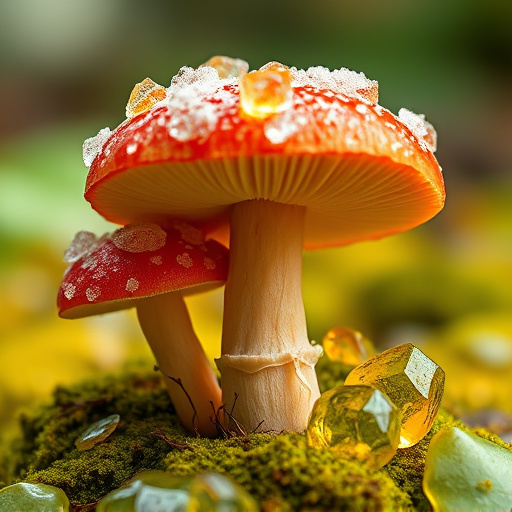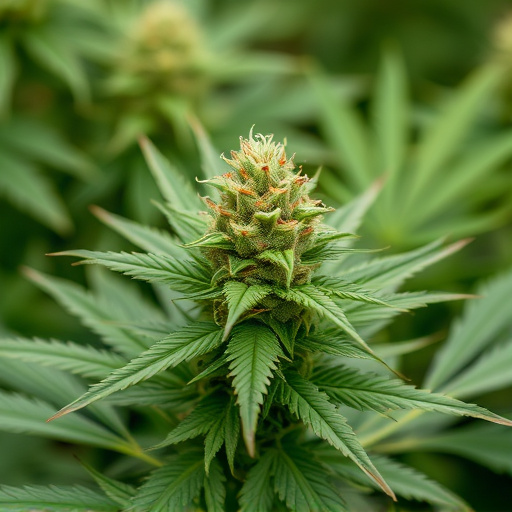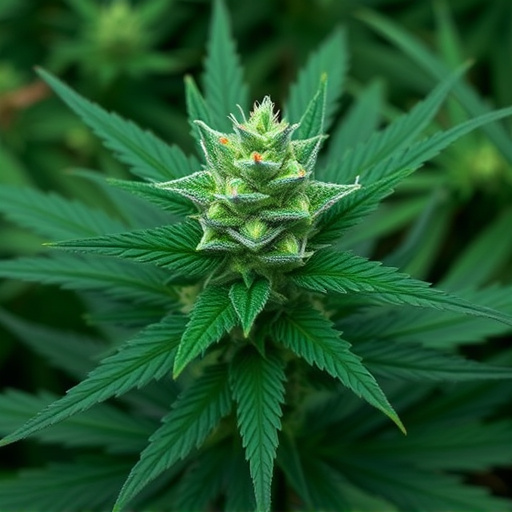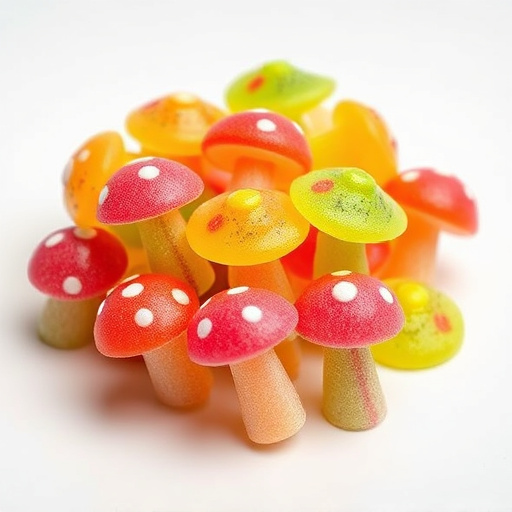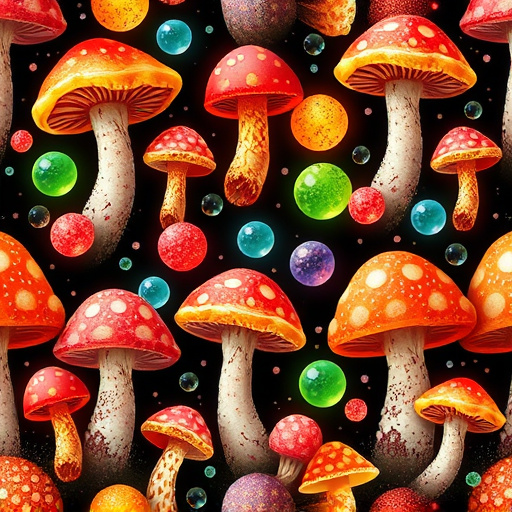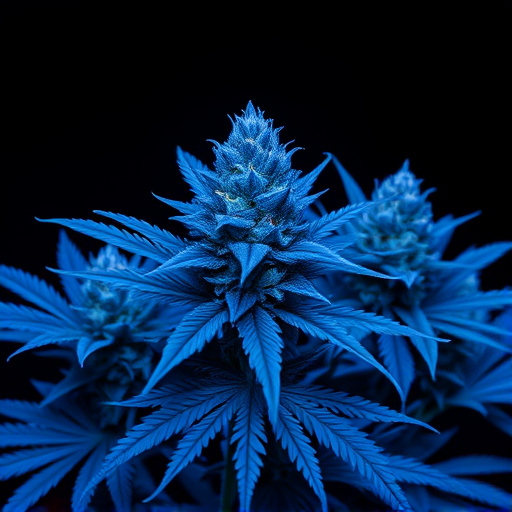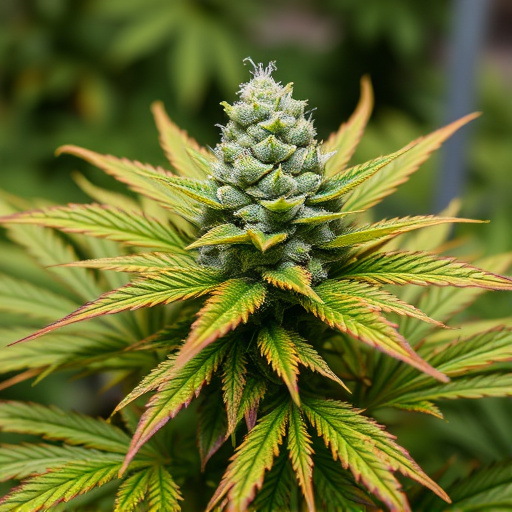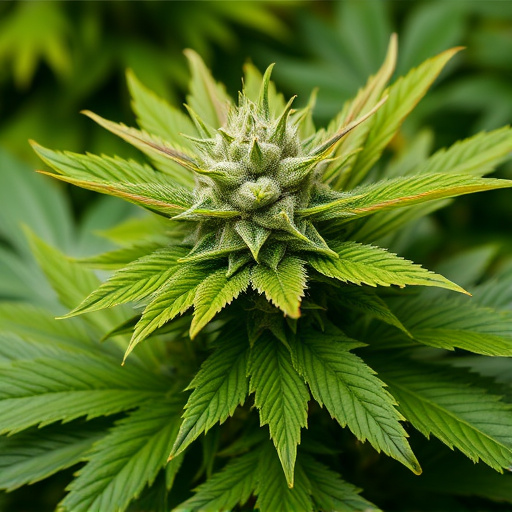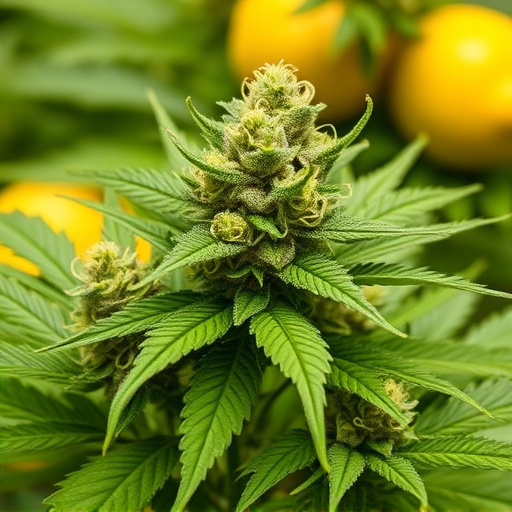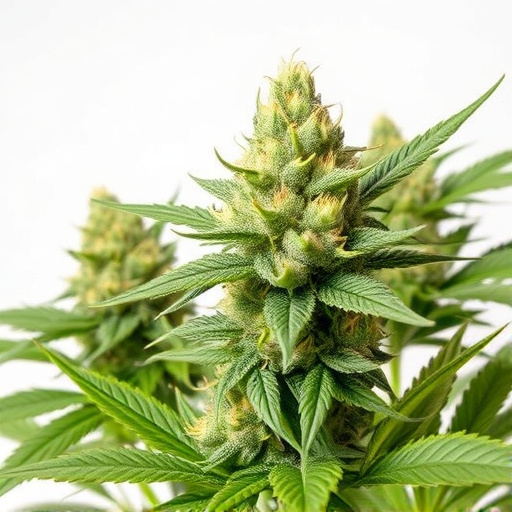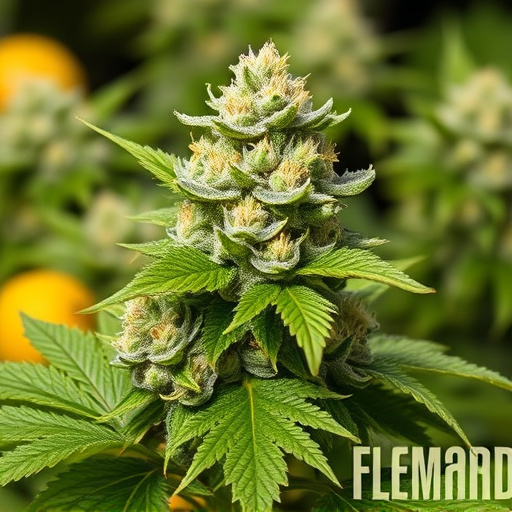Lemon cannabis strains, characterized by their citrusy aroma and flavor, are driven by specific gene variants for essential oil and terpene production, notably MYRCENE and LIMONENE. Genetic diversity allows breeders to cultivate a range of lemon strains with slight variations. Understanding these genetic factors is crucial for developing new varieties that meet consumer preferences. Temperature control, optimal between 70-85°F (21-29°C), influences growth, terpene/cannabinoid production, and flavor profile, with cooler temps enhancing flavor development. The visual diversity of cannabis plants, including lemon strains' vibrant yellow flowers and distinctive leaf shapes, offers insights into potential effects and terpene profiles, while temperature control enables cultivators to breed specific traits for desired consumer experiences.
Unravel the enigmatic connection between genetics, temperature, and the captivating appearance of cannabis, especially within the renowned lemon cannabis strains. This article delves into the intricate dance between nature’s code and environmental cues, revealing how they shape the unique visual traits of these plants. From the vibrant hues to the distinct structures, understanding these factors offers a glimpse into the art and science behind cultivation, catering to enthusiasts seeking the perfect lemon cannabis strain.
- Genetic Factors Shaping Lemon Cannabis Strains
- The Role of Temperature in Cannabis Development
- Understanding the Visual Differences and Their Implications
Genetic Factors Shaping Lemon Cannabis Strains
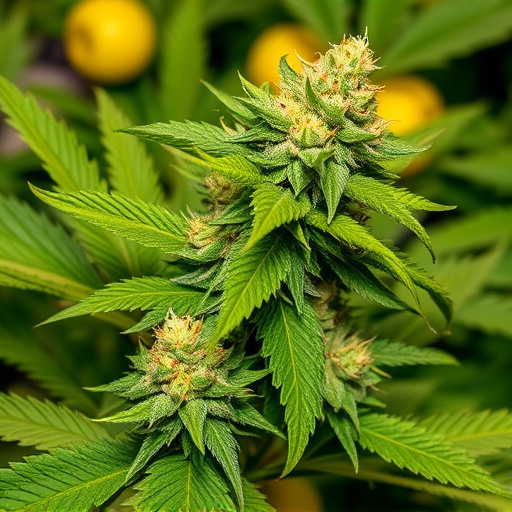
The unique and desirable characteristics of lemon cannabis strains are largely dictated by their genetic makeup. These strains, known for their bright, citrusy aroma and flavor, owe their distinct profile to specific gene variants. Researchers have identified several genes that play a crucial role in shaping the essential oils and terpenes responsible for the signature lemon scent. For instance, the MYRCENE and LIMONENE synthesis genes are often highly expressed in these strains, contributing to the vibrant citrus notes.
Genetic diversity within cannabis allows breeders to manipulate and select traits, leading to the cultivation of various lemon cannabis strains. Each strain exhibits slight variations in appearance, scent, and effects due to subtle differences in their genetic makeup. Understanding these genetic factors is essential for cultivators aiming to create new varieties that cater to specific consumer preferences while maintaining the quality and efficacy associated with lemon cannabis strains.
The Role of Temperature in Cannabis Development

Temperature plays a pivotal role in shaping the development and final appearance of cannabis plants, especially when it comes to unique strains like lemon cannabis varieties. During photosynthesis, optimal temperature ranges promote robust growth and encourage the production of desirable terpenes and cannabinoids. For lemon cannabis strains, this typically means cultivators aim for temperatures between 70-85°F (21-29°C) during the vegetative phase.
Warmer temperatures can accelerate plant maturity, leading to faster flowering times. However, excessive heat stress may negatively impact yield and cannabinoid profiles. Conversely, cooler temperatures slow down growth but can enhance flavor development in lemon cannabis strains. This delicate balance allows cultivators to fine-tune environmental conditions to produce plants with the ideal characteristics, ensuring a superior smoking experience for consumers who appreciate the nuanced citrusy notes associated with these particular strains.
Understanding the Visual Differences and Their Implications
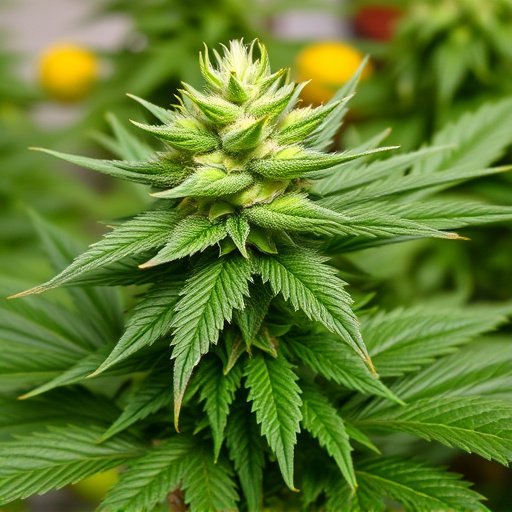
The visual appearance of cannabis plants can vary greatly, and these differences are often linked to genetic makeup and environmental factors, such as temperature. When discussing lemon cannabis strains, for example, cultivators and enthusiasts notice distinct features. These may include vibrant yellow or citrus-hued flowers, unique leaf structures, and a pungent aroma reminiscent of lemons. Such visual characteristics not only make lemon strains aesthetically appealing but also offer insights into their potential effects and terpene profiles.
Understanding these visual differences is essential for cultivators aiming to breed specific traits and for consumers seeking particular experiences. In controlled environments, temperature plays a crucial role in shaping the plant’s development, influencing its size, density, and overall appearance. Optimal temperature conditions can enhance the expression of desirable traits, leading to more vibrant and potent cannabis plants.
In conclusion, both genetics and temperature play pivotal roles in shaping the unique characteristics of lemon cannabis strains. Understanding these factors allows cultivators to optimize growth conditions, resulting in consistent and desirable visual differences. By recognizing how genetic traits and environmental temperatures influence development, growers can create vibrant, high-quality lemon strains that meet consumer expectations.
